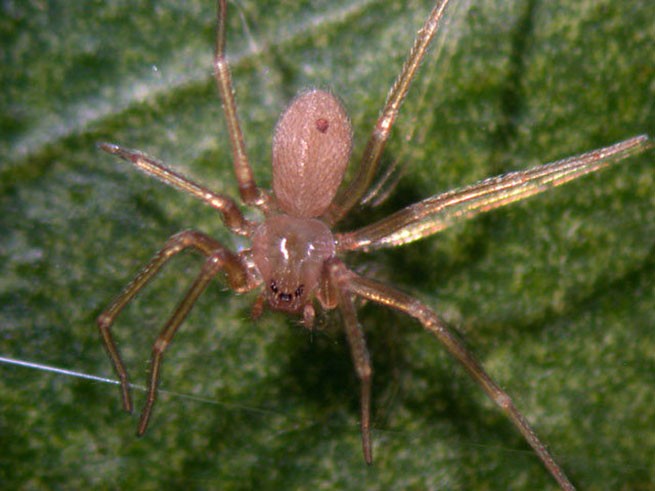Shock was the cause of death of a 48-year-old holidaymaker in Pyrgos, which doctors believe was caused by a bite from a “red spider”.
“Based on the descriptions, we believe it was a bite. red spider(Loxosceles rufescens). Pthere is no anti-venom from this spider's venom, and in general this is an unusually rapid development“, – said Angeliki Sarantopoulou, director of the surgical clinic of Pyrgos Hospital, in a television interview.
“If at first it seems that there is nothing serious, that the patient does not notice the bite, then after 72 hours there is a rapid deterioration,” – she added. She stressed that everyone was shocked by the death of the 48-year-old man, who was fatally bitten while on holiday in Iliya Prefecture.
“Unfortunately, despite the superhuman efforts of all staff, our patient ultimately did not survive. This was known from the very beginning. Unfortunately, such incidents do not have a good outcome. We tried very hard,” – she said earlier. The symptoms of a bite from this particular spider are as follows:
- Intense burning sensation in the area of the bite.
- Sweating.
- General malaise.
- Rash.
- Approximately 12 to 36 hours after the bite, a characteristic pattern of discoloration will form at the bite site.
- The bite site turns a deep purple or blue color, with a white ring forming around it, usually surrounded by a large red area.
- In some cases, the bite wound may persist and remain open for several weeks.
What happened is a rare occurrence.
The man, who was on holiday in Ilya, was bitten without realising it, he told doctors, as evidenced by the fact that pain in his leg forced him to see a private orthopaedic surgeon who sent him to hospital urgently.
All spiders have venom. In some species it is very strong, but most of them are harmless to humans. They use venom both offensively to paralyze prey and for self-defense when they sense danger.
In Greece, there are only two species of spiders that are potentially dangerous to humans: the red spider (Loxosceles rufescens) and the Mediterranean black widow (Latrodectus tredecimguttatus).

Loxosceles rufescens (lat.) is a species of spider from the Sicariidae family. It originates from the Mediterranean region (including Greece), but is now distributed throughout the world.
The bite is dangerous for humans (causes arachnoses loxoscelism)
Loxosceles rufescens has venomous fangs that deliver cytotoxins and proteolytic enzymes, causing mild to severe toxicity in humans. Bites can cause necrosis, systemic symptoms, or rare complications. When hunting, paralysis occurs with the venom, which can lead to accidental human contact for defensive purposes.
However, only one fatality has been reported in 2016 (so far), and even that incident remains controversial as the spider was not caught or identified and the person affected suffered from an autoimmune disorder (myasthenia gravis).







More Stories
Thessaloniki: Man convicted of using fake diploma
Thessaloniki: Man smashes neighbor's car with axe
Hair: 40-year-old man shoots 69-year-old father in head with harpoon